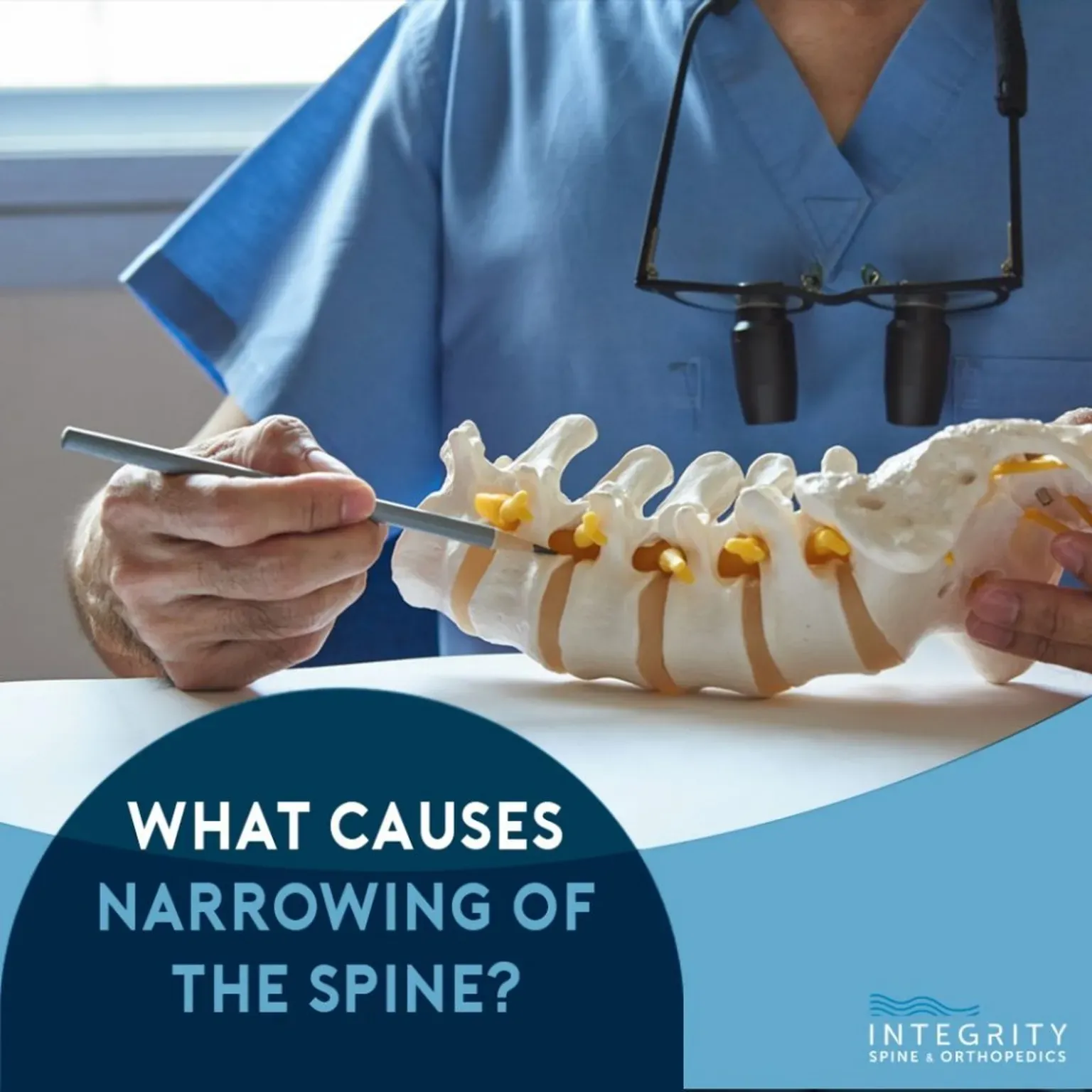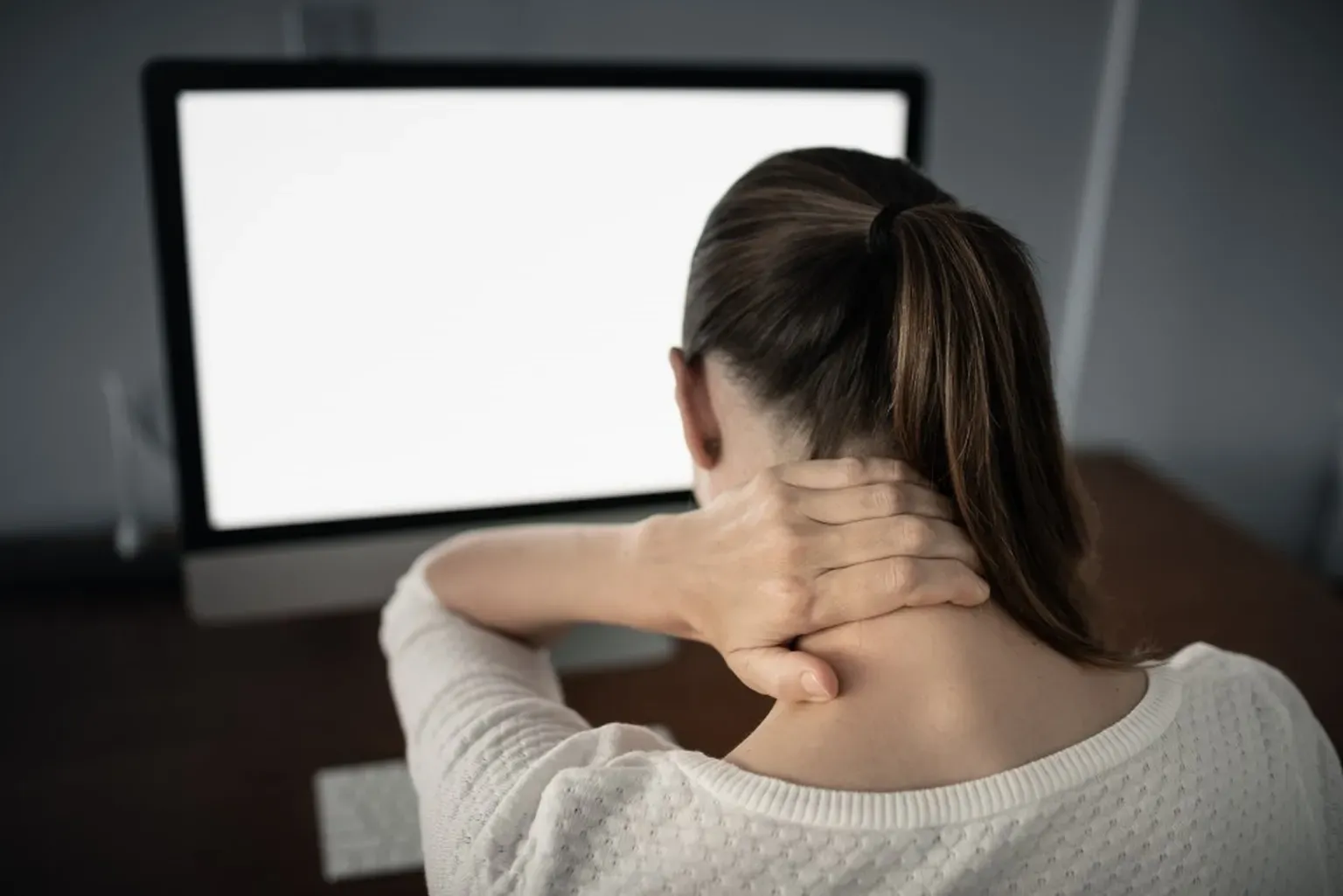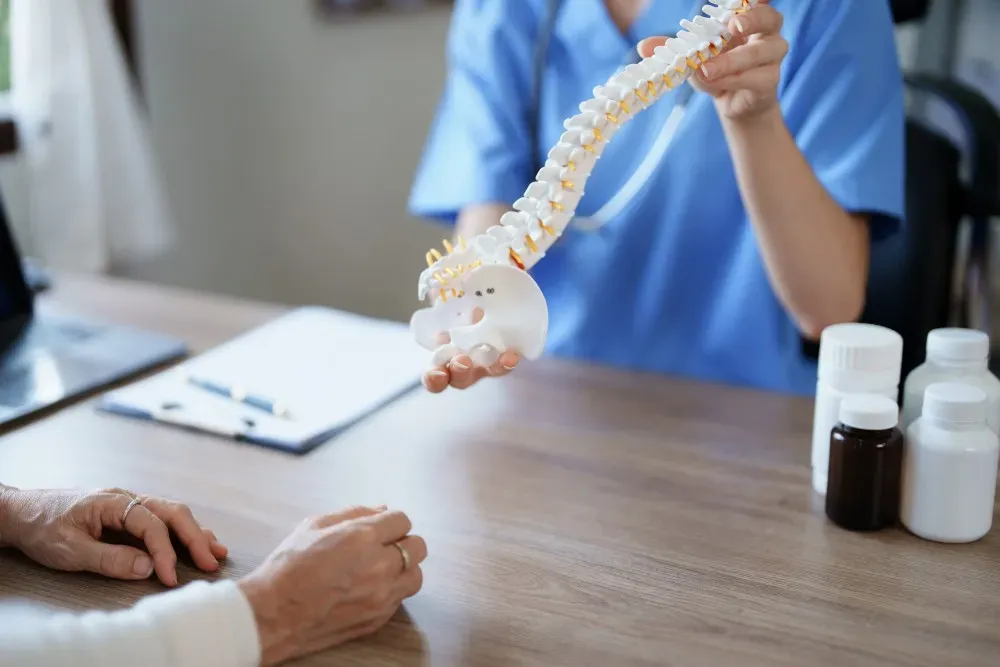Neurosurgery & Orthopedic Surgeons in Jacksonville

What Causes Narrowing of the Spine?
The medical condition characterized by narrowing of the spine is called spinal stenosis. By itself, spinal stenosis may be a painless condition. Many older adults live with some degree of spinal narrowing and don’t realize it.
WHAT CAUSES NARROWING OF THE SPINE?
The medical condition characterized by narrowing of the spine is called spinal stenosis. By itself, spinal stenosis may be a painless condition. Many older adults live with some degree of spinal narrowing and don’t realize it. If you have no pain or symptoms, sometimes spinal stenosis isn’t identified and diagnosed until your doctor catches it on a routine imaging study.
However, many cases of spinal narrowing cause significant pain and symptoms. When the open spaces within the spine tighten, the narrowing restricts the space that nerves and the spinal cord have to move through the spine and out into the body. If spinal narrowing presses against nerve roots, you may experience back or neck pain, depending on the location of narrowing. You may also experience nerve pain in the arms or legs — this might feel like shooting, electric pain, weakness, numbness and tingling that runs down an arm or leg. Spinal stenosis in the lumbar spine often causes severe pain and symptoms while standing, sitting up straight and walking, because downward pressure on the spine places more pressure on the nerves.
So what causes the spine to narrow? Let’s explore the primary factors below.
DEGENERATIVE CHANGES ARE THE LEADING CAUSE OF SPINAL NARROWING
Age-related degeneration is the leading cause of spinal narrowing. With age, wear, tear and daily stresses, the vertebrae, spinal discs and soft tissues undergo changes that tighten the open spaces within the spine. Some of the most common degenerative conditions that lead to narrowing of the spine include:
- Osteoarthritis. Osteoarthritis is a degenerative condition that leads to pain, swelling and inflammation in the spinal joints. Wear and tear causes the protective cartilage to erode and the bones of the joint to rub against each other. The body tries to repair the damage by producing excess bone around the joints. These bony overgrowths — called osteophytes or bone spurs — can grow into the spinal canal, narrowing the open spaces. Bone spurs might press against and pinch nerves or the spinal cord.
- Degenerative disc disease. Spinal discs naturally degenerate with age. When degeneration leads to pain and symptoms, it’s diagnosed as degenerative disc disease. Wear, tear and daily stresses cause discs to dry out, weaken and flatten over time. Thinner, flatter discs tighten the space between vertebrae and put pressure on the nerves leaving the spine. Sometimes, discs begin to bulge out of place and protrude into the spinal canal, narrowing the open spaces and pressing against nerves. With continued stress and pressure, a bulging disc might crack and leak disc material into the spinal canal, a condition known as a herniated disc. Disc material can irritate and compress nearby nerves in the spine.
- Ligament thickening. With age, the strong bands of ligaments that support the vertebrae become thicker and stiffer. Thickened ligaments might protrude or collapse into the spinal canal, narrowing the open spaces and pressing against nerves or the spinal cord.
CAN A TRAUMATIC ACCIDENT CAUSE NARROWING OF THE SPINAL CANAL?
Traumatic accidents like car crashes, sports accidents and falls are common sources of spinal damage. Can this type of trauma lead to spinal narrowing? While a traumatic accident may not directly cause spinal narrowing, it could cause changes that increase the risk of developing spinal stenosis in the future.
High-impact accidents can cause joint damage, disc damage and inflammation that contribute to degenerative spine conditions down the road. For example, a car accident might cause one of your spinal discs to tear or bulge out of place. Over time, continued stress and pressure on the damaged disc could lead to disc herniation or a worsening bulge that causes narrowing of the spinal canal.
HOW IS NARROWING OF THE SPINE TREATED?
Sometimes, spinal narrowing doesn’t cause pain, symptoms or nerve compression. In these cases, you may not need treatment right away. Your doctor will carefully monitor you to check for changes in your condition. If spinal narrowing is causing nerve compression, then the primary goal of treatment is to relieve pressure on the nerves and reduce pain and symptoms.
Once you seek medical advice for back pain and symptoms, your doctor will document your medical history, perform a physical exam and take imaging studies to diagnose spinal narrowing. Conservative measures are the first course of action to treat symptoms of spinal narrowing. Your doctor may prescribe medications, steroid injections and physical therapy.
If conservative treatments aren’t effective, surgery may be necessary. A minimally invasive decompression procedure can relieve pressure on the nerves and create more space for the nerves and spinal cord to travel freely.
INTEGRITY SPINE AND ORTHOPEDICS TREATS DEGENERATIVE SPINE CONDITIONS
Integrity Spine and Orthopedics specializes in treating degenerative conditions like spinal stenosis, spinal osteoarthritis and degenerative disc disease. We provide exceptional orthopedic care, pain management and minimally invasive spinal procedures. Our orthopedic surgeons are board certified and fellowship trained in outpatient, minimally invasive spine surgeries.
If you’re suffering from pain, reduced mobility and a decrease in your quality of life, call us or reach out online to schedule an appointment.




